Kickstarter Spotlight: Comfort‑First VR Projects That Prioritize Balance, Support, and Effortless Setup
Comfort in virtual reality is not a luxury; it’s the scaffolding that holds immersion together. Headaches, fogged lenses, and sore necks aren’t inevitable—they’re signals of design choices that prioritize optics or features over long‑wear ergonomics. On Kickstarter, a growing cohort of creators is addressing these pain points with targeted upgrades: balanced weight systems, breathable facial interfaces, and tool‑free stands that make getting into VR as painless as taking a deep breath. ⏱️ 13-min read
This article walks through what these comfort-first projects solve, how they target specific headsets like Apple Vision Pro, Quest, and PSVR, and how to evaluate their claims so your backing buys real improvement—not just a prettier strap. Expect concrete examples, practical setup tips, and a clear vetting checklist to separate thoughtful design from marketing gloss.
Why Comfort Matters in VR: Gaps Kickstarter Is Solving
Anyone who’s tried a VR session that runs past an hour knows how small discomforts compound. A front-heavy headset creates a persistent forward moment that tugs at the nose and brow; heat builds inside closed facial interfaces, causing sweat and lens fog; and thin or abrasive padding rubs the skin until the headset must come off. Kickstarter teams are leaning into those real-world failure modes, turning quick prototyping cycles into repeatable comfort narratives.
The projects that stand out do three things well: they identify the mechanical cause of discomfort, they propose a simple, reversible intervention, and they validate it with user feedback across a range of head shapes. Typical interventions include redistributed weight (moving mass to the crown or adding a rear counterweight), modular facial interfaces that trade off softness and breathability, and straps that reconcile stability with adjustability. Each addresses a different failure mode—neck strain, heat and sweat, and facial pressure respectively—but together they raise the comfortable ceiling for longer sessions.
Design trade‑offs show up early. Very soft padding can feel luxurious at first but compresses over time, losing support and increasing contact pressure at bony points. Rigid carriers distribute load well but may create hotspots unless paired with pliant gaskets. Successful Kickstarter campaigns are those that iterate quickly with diverse testers—glasses wearers, long‑hair users, and people with smaller or larger skulls—and publish what they learned. That empirical loop is why balance‑focused projects are trending: measured weight redistribution and real‑world validation sell better than abstract ergonomics.
Apple Vision Pro Comfort: Weight, Padding, and Tilt
The Apple Vision Pro surfaces a familiar ergonomics puzzle: advanced optics and displays must sit in front of the face, which naturally produces a front‑heavy silhouette. Apple’s internal design already shifts load toward the crown and temples rather than the nose, and its layered padding aims to spread contact pressure. But that doesn’t mean there isn’t room for aftermarket improvement—especially for long studio sessions or multi‑user deployments.
Kickstarter innovators focus on three Vision Pro specifics: redistributing mass without blocking ventilation, refining the facial gasket to reduce skin marking, and controlling tilt dynamics so small head movements rebalance rather than amplify discomfort. Practical examples include slim counterweight modules that clip onto the rear headband, low-profile halo supports that cradle the occipital bone, and replaceable gasket kits that trade heat-trapping foam for breathable, washable fabrics. These changes aim to keep the center of gravity closer to the skull’s natural balance point so the user feels the headset as an extension of the head rather than a pendulum.
Tilt is another important lever. The geometry of hinges and straps determines whether minor adjustments restore comfort or produce new hotspots. Designers are experimenting with low-friction hinge covers, micro‑adjust tilt stops, and compliant rims that flex slightly to conform to different cheek and forehead profiles. Material choices matter: gaskets that remain pliant when warm reduce pressure spikes during long sessions; rigid rims without any damping will create edge pressure as the face shifts with expression or fatigue.
For backers, the best Vision Pro projects publish performance numbers—not just prettier renders. Look for simple before/after metrics such as measured forward torque reduction, user‑reported decrease in pinch points, or time‑to‑discomfort improvements across a sample of testers. Those figures tell you whether a novel clip or cushion is an incremental convenience or a meaningful comfort upgrade.
Ergonomic Accessories: Straps, Cushions, and Facial Interfaces
Where a headset meets the head is where comfort is won or lost. Ergonomic accessories reframe that contact zone: they distribute weight, dampen movement, and create breathable seals that reduce sweat and chafing. On Kickstarter, the successful projects are those that treat straps, cushions, and facial interfaces as an integrated system rather than independent add‑ons.
Headstrap varieties map to different use cases. Over‑head straps spread the load across the crown, which is excellent for dynamic play where the head rotates quickly. Halo systems cradle the back of the skull and are a good fit for users who tilt forward often or wear glasses—by shifting force away from the temples and nose. Hybrid systems combine a crown strap with a rear halo to achieve both lateral stability and backward counter‑pressure without pinching. When evaluating straps, check adjustability (micro‑ratchets and ladder buckles are preferable), padding placement, and whether the system preserves easy access to built‑in sensors or buttons.
Facial cushions and gaskets are about two competing priorities: forming a comfortable seal and maintaining airflow. Memory foam feels great but can compress and block ventilation; gel‑infused foams add cooling but increase weight; silicone gaskets last longer and are easier to clean but can feel tacky. Kickstarter projects are experimenting with layered solutions—thin, firm backing for structure, plus a softer, breathable surface for the skin. Replaceable covers, washable fabrics, and hypoallergenic membranes are common features worth prioritizing if multiple users or heavy sweat are in the plan.
Good accessories reduce fatigue in concrete ways: they lower peak contact pressures (you feel less “pinch” on the bridge of the nose), stabilize the headset so you don’t chase the image, and improve thermal comfort to keep eyes clear and lenses fog‑free. For designers, the trick is balancing softness and support: a cushion that compresses too easily will force the straps to do the work; too stiff and it creates hotspots. The best campaigns document their material choices and include wash‑and‑replace strategies for hygiene—an often overlooked but vital part of long‑term comfort.
Stand and Lift Solutions: Vision Pro and Desk‑Setups
Not every comfort solution has to be wearable. For workstation setups and shared environments, stands and lift systems remove the problem entirely: the headset is off your face until a lift or arm brings it gently to eye level. On Kickstarter, designers are shipping a range of desktop stands—from freestanding cradles with heavy bases to desk‑clamp arms with gas springs—that prioritize quick access, stability, and cable management.
Freestanding stands are about footprint and gravity. A broad base reduces tipping, and damped joints stop wobble when you set the headset down. Cradles that tilt and pan let you align the headset for different users and avoid re‑adjusting straps each time. Desk‑mounted arms leverage gas springs or pneumatic lifts to make hoisting the headset feel effortless; a subtle counterbalance ensures the unit stays put at any height without requiring a clamp‑tightening ritual.
Cable management is crucial for comfort at the desk and for safety. Integrated cable channels reduce drag on connectors, route power and data cleanly, and protect fragile ends from accidental tugs. If the stand supports active charging, look for ventilated housings or passive airflow paths to prevent sensor or battery overheating during extended idle periods. Durable joinery—metal pivots, high‑quality bearings, and lockable detents—extend life and keep the movement smooth over thousands of cycles.
Accessibility considerations matter: stands should support easy alignment for sitting and standing users, be usable by people with limited hand strength, and not require special tools to clamp or adjust. For Vision Pro and similar premium headsets, materials and padding in cradles should avoid scratching the shell or lenses; silicone pads and micro‑suede liners are common. Backers should prefer projects that publish weight limits, lab tests for stability, and clear instructions for mounting on different desk thicknesses—those specifications separate charming prototypes from reliable studio gear.
Cross‑Platform Comfort Upgrades: Quest, PSVR, and Beyond
Comfort solutions scale broadly: the same principles that fix a Vision Pro’s forward torque can make a Quest or PSVR more pleasant for marathon sessions. Across platforms, three pillars keep recurring—headstraps, facial interfaces, and weight distribution—and Kickstarter projects often aim for cross‑device compatibility to widen their utility and reduce device‑specific hacks.
For the Quest family, aftermarket pro straps that include rear battery packs or clip‑on counterweights are popular because they shift the center of gravity away from the face. Those battery packs double as practical upgrades—longer playtime with reduced front pressure—though they add overall mass, so their attachment points and balance are critical. PSVR users often prefer halo systems and thicker forehead pads to combat the unique headband geometry the platform uses; projects for PSVR typically focus on added cushioning and cable sleeves to reduce scalp irritation and snagging.
Valve Index and high‑end PC headsets demand attention to micro‑adjustments because their tight optical tolerances punish misalignment. Projects targeting these platforms emphasize precision—micro‑sliders, indexed mounting points, and replaceable facial interfaces with tight tolerances for IPD and lens alignment. For lightweight headsets like the HP Reverb, the conversation shifts to breathable gaskets and straps that secure the device without compressing it into the face.
Kickstarter campaigns that succeed here are transparent about compatibility: they list exact model years, show mounting hardware, and include adapters when necessary. DIY communities also contribute valuable cross‑platform hacks—swapping in memory foam pads, adding nose relief cuts, or routing cables with adhesive clips—that inform the next wave of manufactured accessories. The best projects co‑opt that knowledge, supply user‑friendly instructions for common modifications, and offer replacement parts to extend product life beyond the campaign timeline.
Kickstarter Vetting: How to Assess Comfort Claims and Safety
Comfort is subjective, which makes Kickstarter claims attractive yet tricky to verify. A thoughtful vetting process will help you back projects that deliver measurable improvement rather than optimistic mockups. Here’s a practical checklist for evaluating comfort‑focused campaigns:
- Testing methodology: Look for clear descriptions of test protocols—session lengths, participant demographics (head sizes, eyeglass wearers), and tasks performed. Prefer campaigns that publish raw or summarized data rather than only anecdotal quotes.
- Sample size and diversity: Comfort claims should be supported by tests on a range of users. Small, homogenous samples (e.g., only one head size or only engineers) are less reliable.
- Material transparency: Campaigns should list materials used for skin contact, foam densities, and fabric types. Check for hypoallergenic claims and washing instructions.
- Safety and certifications: Verify claimed standards (CE, RoHS, UL where applicable). For electrical attachments like battery packs, look for explicit battery chemistry, overcurrent protection, and shipping restrictions.
- Prototyping and iteration evidence: Backers should see multiple prototype photos, iteration notes, and feedback loops demonstrating how early issues were solved.
- Warranty and returns: How does the project handle defects, refunds, and damage during shipping? Long warranties or repair options are signs of a team thinking beyond launch hype.
Red flags include vague “lab‑tested” statements with no published methodology, promises of universal fit without adjustability, and project timelines that skip certification steps for electrical components. Also be wary of campaigns that show only studio photos without user‑testing images or video—real life is messier than renderings, and honest teams demonstrate that mess and how they resolved it.
Space‑Saving Case Design and Accessory Town: Integrated Stands, Grips, and Protection
Not every comfort upgrade is about what’s on your head. How you store and handle a headset affects long‑term comfort by preserving shape, preventing squashed foam, and keeping cables tidy. Kickstarter projects are combining protective cases with instant‑access stands and modular interiors to maximize convenience in small spaces.
Modular cases often integrate fold‑out or retractable stands so the headset is ready to use the moment you open the lid. Interiors use tailored cutouts or flexible sleds that protect lenses and controllers while keeping everything in a single plane for fast, rummage‑free access. Grips and controller modules that snap into place not only protect controllers during transit but also ensure they’re ergonomically arranged for quick pickup—important when your setup is a tiny desk in a multifunction room.
Material choices are important: rigid shells provide crush protection for travel, while padded soft cases can be smaller and more flexible for daily storage. Lens protection—soft covers and recessed mounting positions—prevents scratches that can otherwise force you to re‑fit or replace expensive optics. Consider cases that store interchangeable facial pads and cable wraps; these small accessories often determine whether a headset is usable by multiple people or a single owner.
Space efficiency extends to cable management and charging. Integrated docks for batteries and charging pads keep everything neat and reduce the friction of setup; you don’t want to hunt for a charger five minutes before a meeting. When evaluating projects, look for examples of real‑world use: photos of the case in a tight shelf, the headset mounted on a desk with minimal clutter, or a one‑hand retrieval demonstration. Those practical touches reveal whether the product was designed by someone who uses VR in cramped, real‑life environments—or someone who only considered elegant studio shots.
Practical Setup and Use: Posture, Breaks, and Weight‑Tuning Tips
Even the best strap won’t fix poor habits. Comfort compounds from design and practice: a consistent, repeatable setup routine, sensible posture, and small weight‑tuning adjustments extend session length and reduce the chance of soreness. Below is a pragmatic routine to make any comfort investment count.
- Space and environment: Clear a small perimeter, check ceiling height, and ensure airflow. A non‑slip mat helps if you stand; a fan reduces facial heat and fogging.
- Initial fit: Loosen all straps, set the headset on your face, and let it settle to see where it naturally rests. Then tighten incrementally until the weight is supported by the crown/halo rather than the nose.
- Balance test: Tilt your head forward and back while monitoring pressure points. If the headset slides forward, add a small rear counterweight or tighten the rear strap. If it tilts backward, loosen the rear and increase crown support.
- Micro‑tuning: Adjust strap tension in 2–3 mm increments—large changes move the device and disrupt alignment. For facial pads, try thin shim pads under the gasket to change angle without affecting seal quality.
- Break schedule: Aim for a 10‑minute break every 45–60 minutes. Use that time to hydrate, blink, and let the skin recover. For longer sessions, swap facial pads or wipe down cushion covers mid‑session to manage sweat buildup.
- Posture and seating: Sit or stand with a neutral spine—shoulders relaxed, head aligned over the torso. If using a chair, set seat height so wrists meet controllers without hunching forward.
Quick wins: add a soft rear counterweight to offset forward tilt; swap to a ventilated facial pad to reduce fog; and use a launch‑ready stand with integrated cable routing to remove friction from repeated sessions. These changes are small but compound into noticeably longer, more enjoyable play or work sessions.
Next step: if you’re eyeing a Kickstarter comfort project, compare its measured performance (torque reduction, session length before discomfort) to your current setup, and prioritize campaigns that publish testing and offer replaceable parts. That combination makes it more likely your backing buys durable, usable comfort upgrades instead of a one‑season novelty.


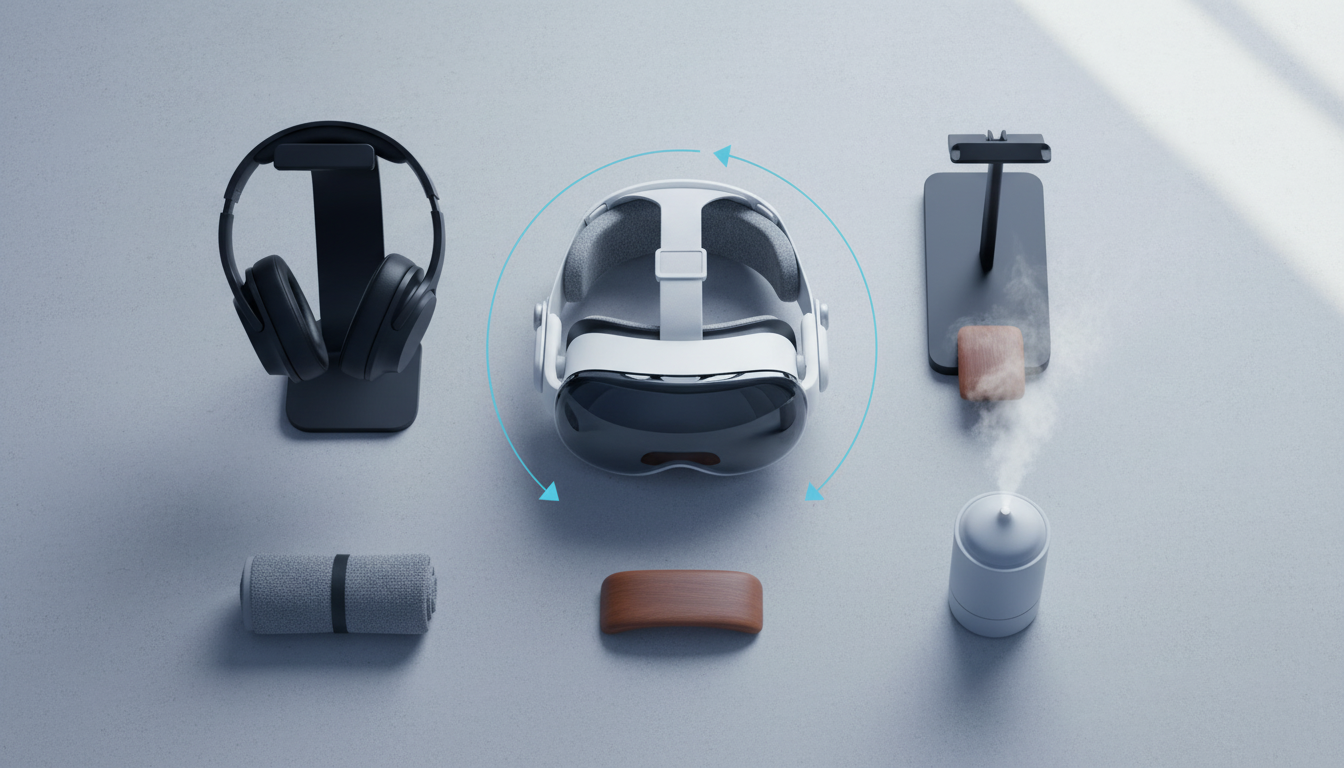
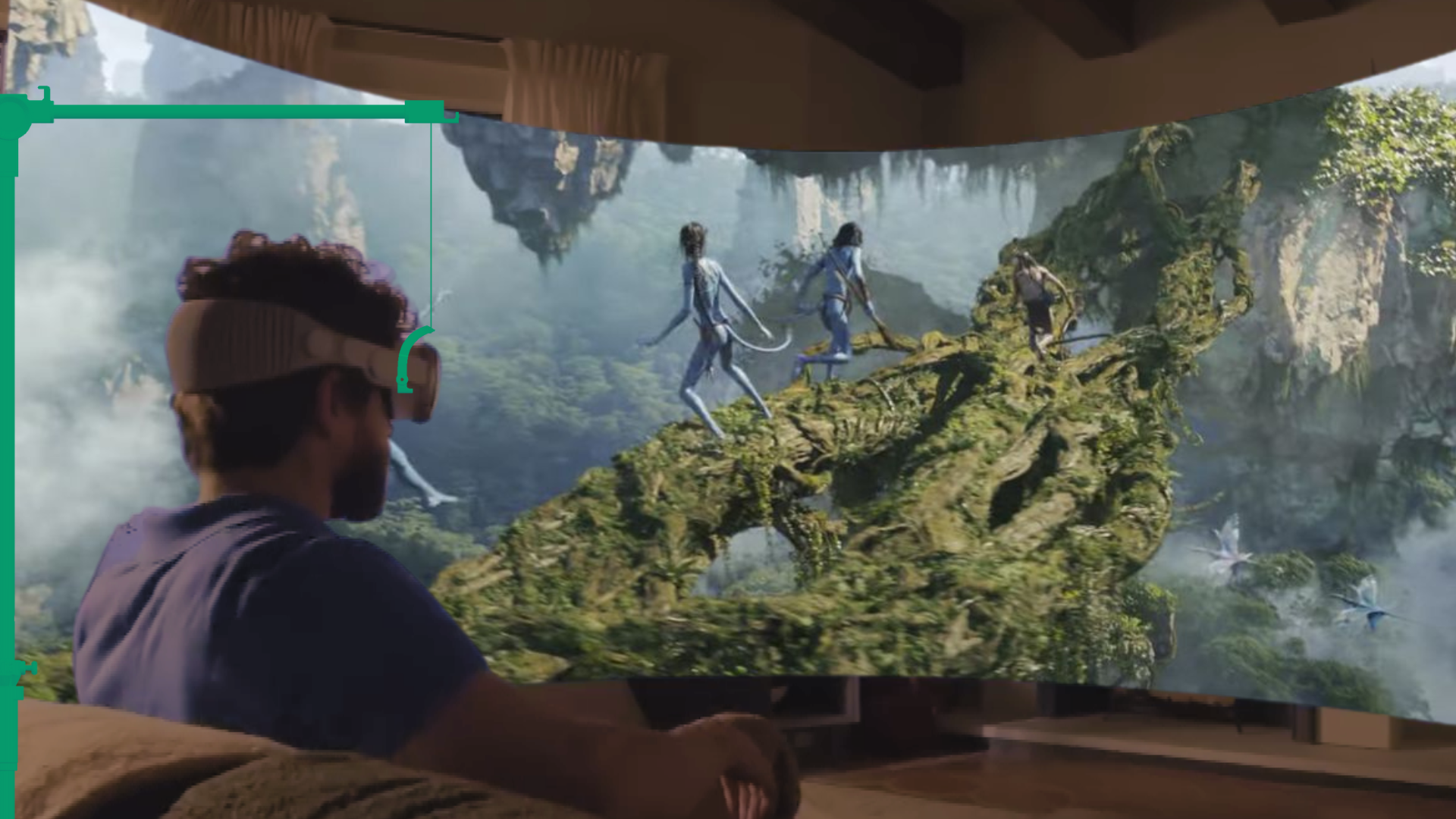
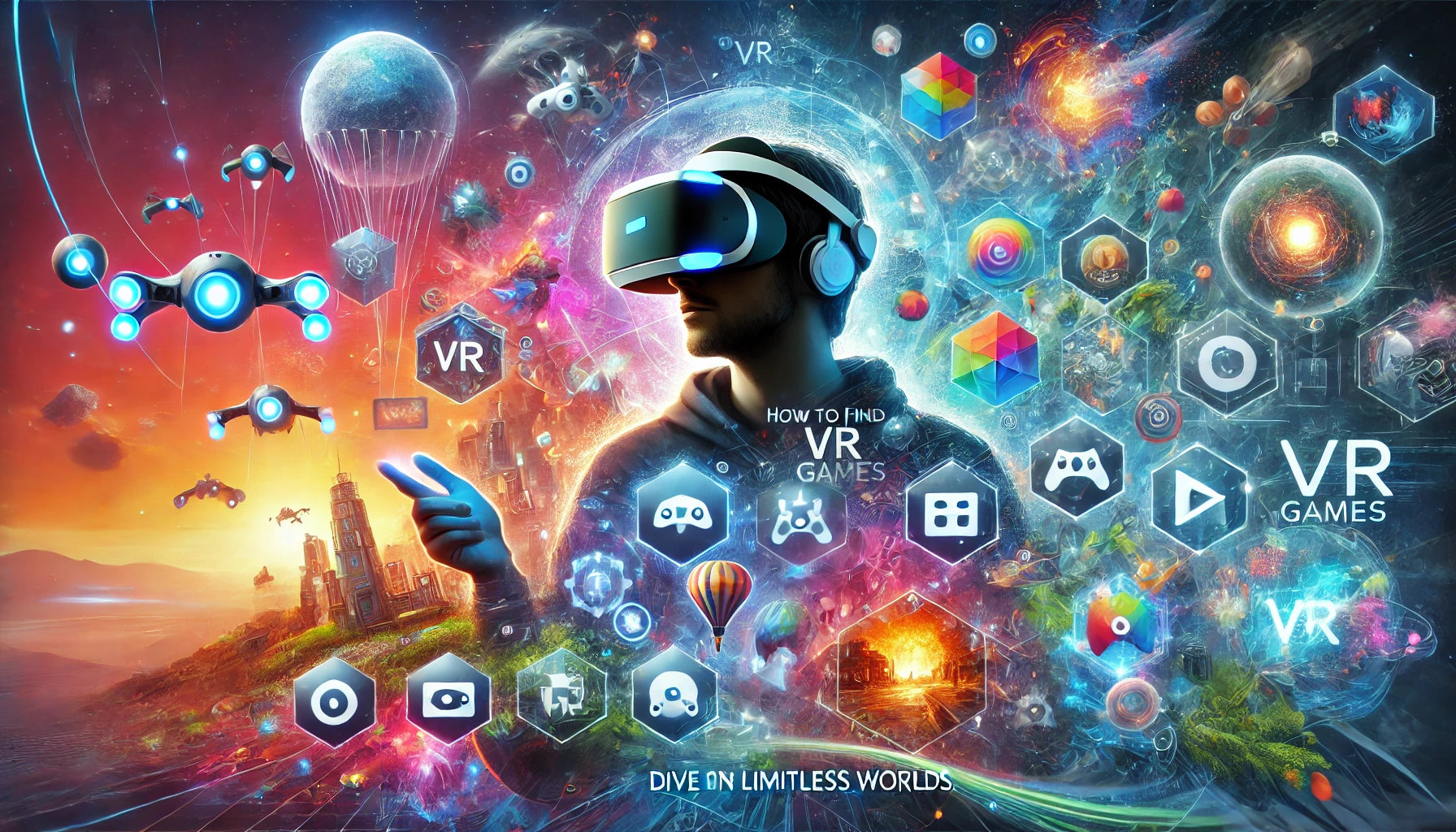
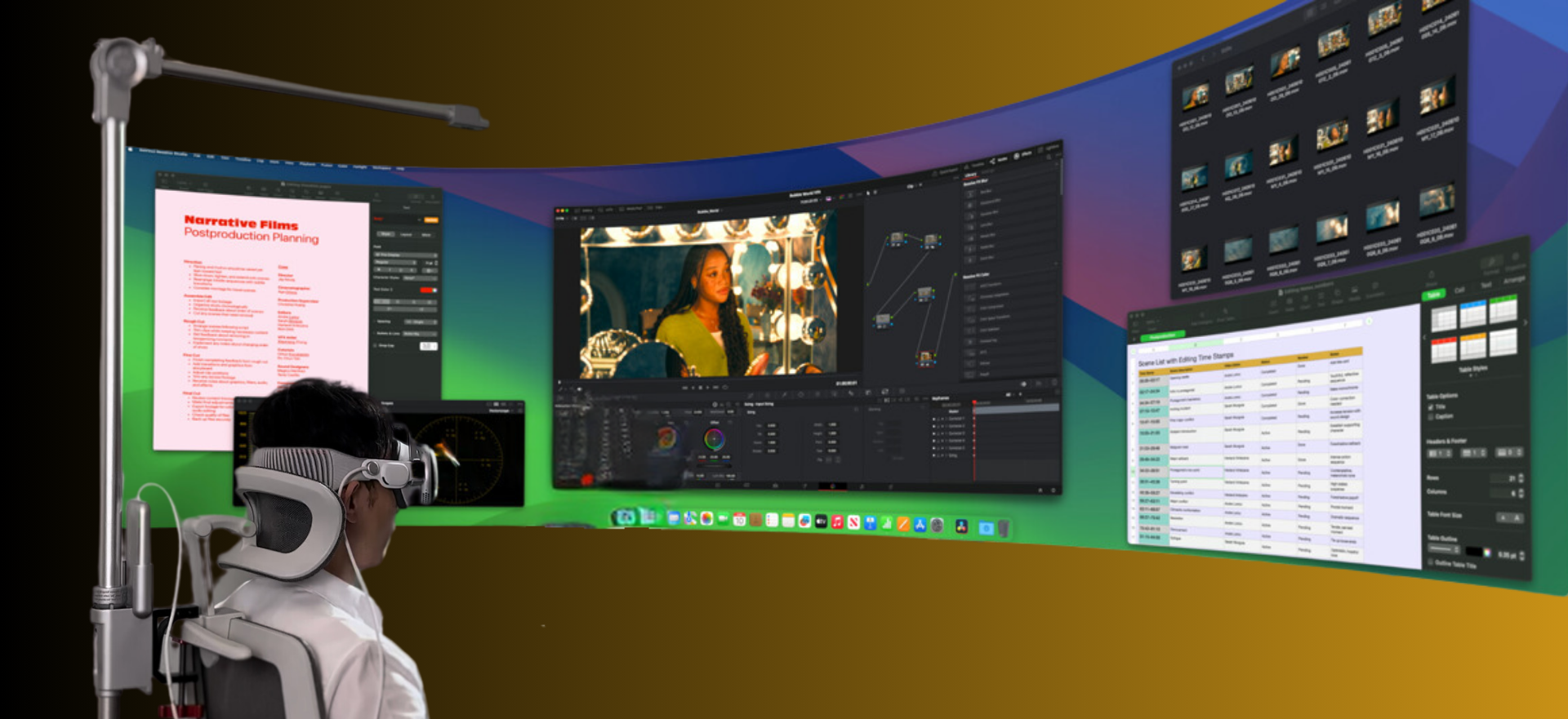
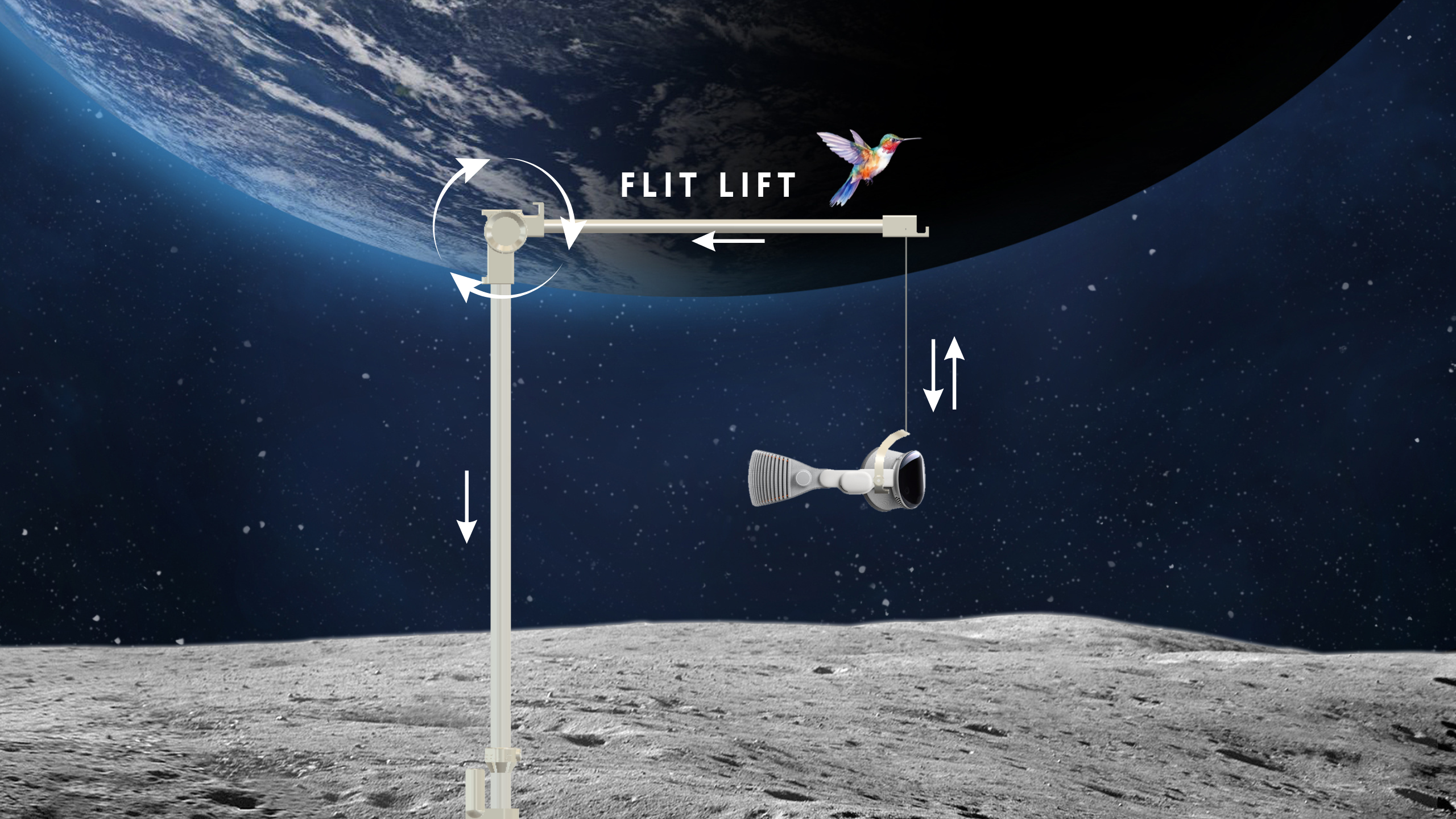
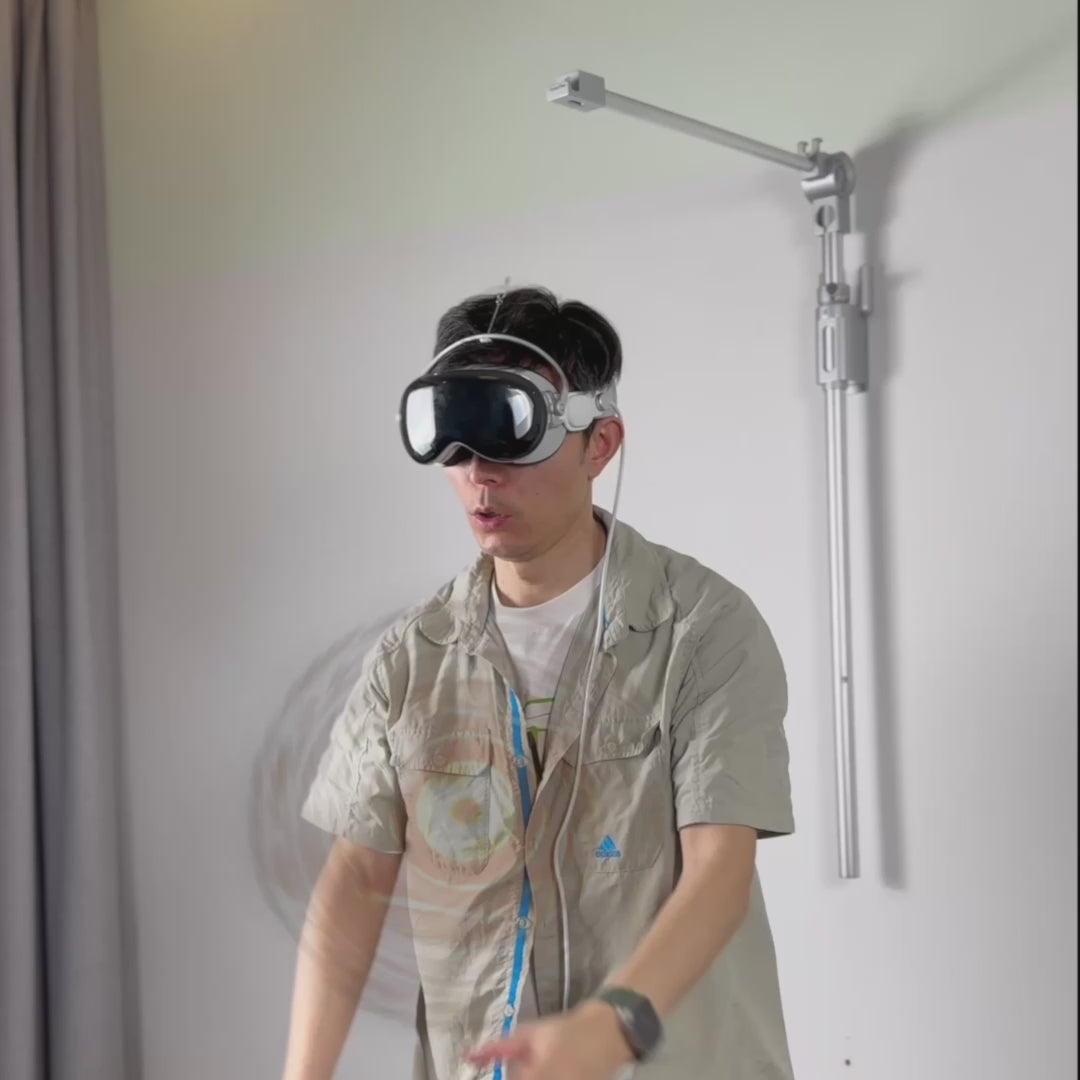
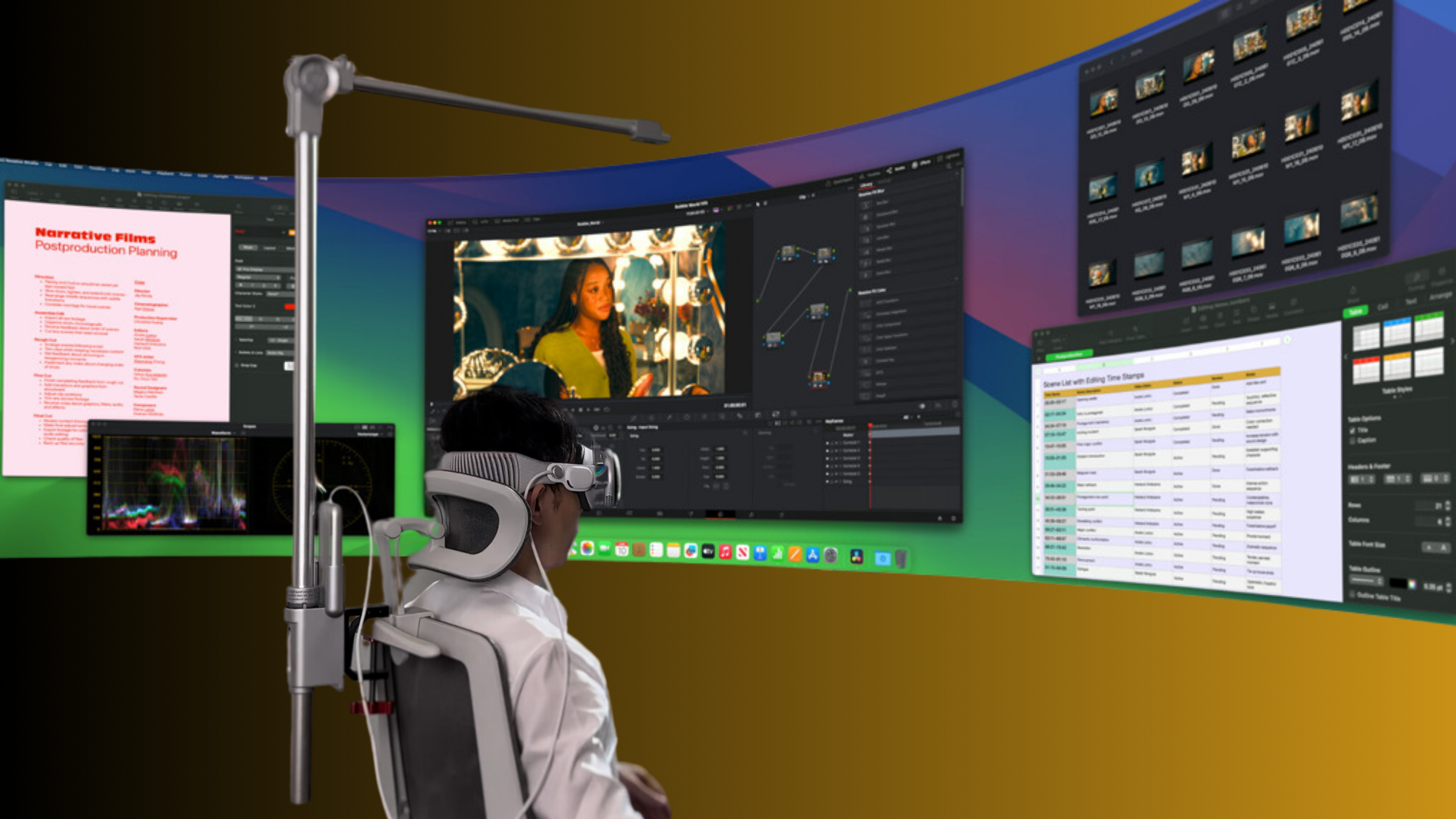

Share:
Cleaning and Maintaining Your Vision Pro Protective Case to Extend Longevity
PSVR Comfort Upgrades: Head Strap, Face Gasket, and Weight Balance That Actually Works